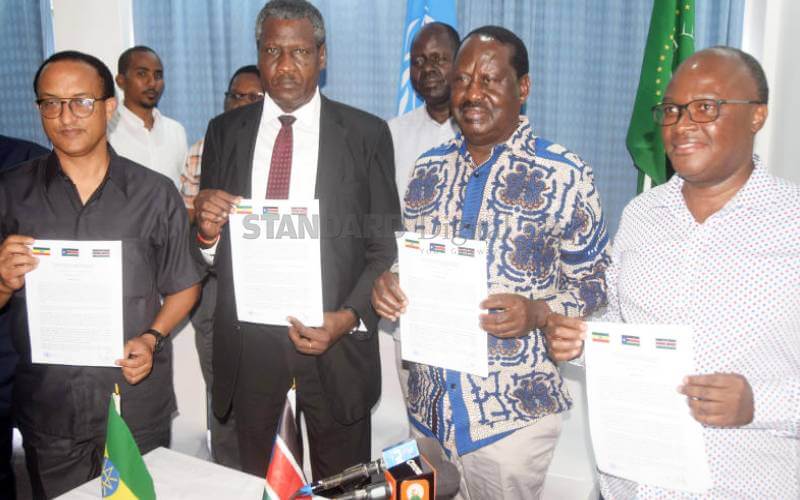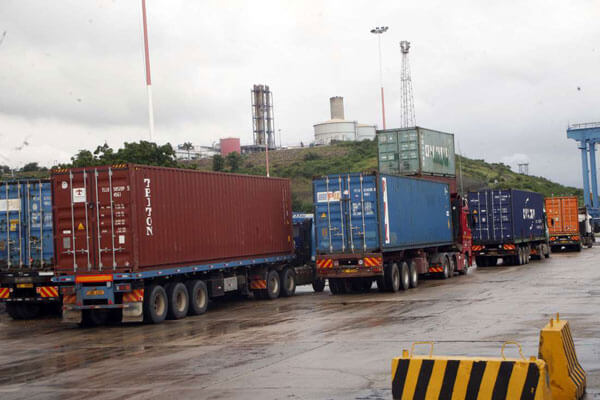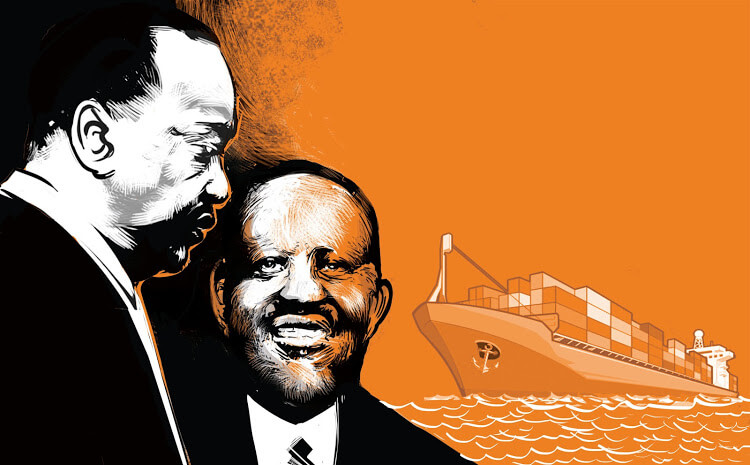Players in the clearing and forwarding sector are pushing for a new law to help streamline industry operations and kick out rogue clearing agents. The Kenya International Freight Forwarders Association (KIFWA) and the Federation of East African Freight Forwarders Associations (FEAFFA), in partnership with other relevant industry associations, want the adoption of the Kenya Customs Agents and Freight Forwarders Bill 2020. The Bill unveiled in Nairobi on Tuesday is drawn towards enhancing professionalism in service delivery and compliance to the existing regulations , the associations said. It is aimed at ending cargo delays at ports, improve cargo flow, improve revenue collection by the revenue authorities and lowering the cost of doing business. According to FEAFFA President Fred Seka, the new regulation is meant to streamline cargo clearance by ending the deployment of untrained agents, promoting fair competition, protecting industry players from unfair liability and supplementing existing government regulations. It will introduce mandatory registration and training of all customs agents and freight forwarders and fines and penalties for non-compliance and misconduct. “Kenya trades over 30 million tonnes of cargo within the East African community and the volumes keep growing, putting ever more pressure on a system that is inherently inefficient due to the lack of obligatory qualifications,” said Seka. The consequent delays are costing shippers as much as Sh25.6 billion annually in extra demurrage charges. The proposed bill will require all customs agents to demonstrate their understanding of the clearance processes, valuations, classification, rules of origin and management of the changing regional...
New law to axe rogue clearing agents, address cargo delays
Posted on: January 24, 2020
Posted on: January 24, 2020




















